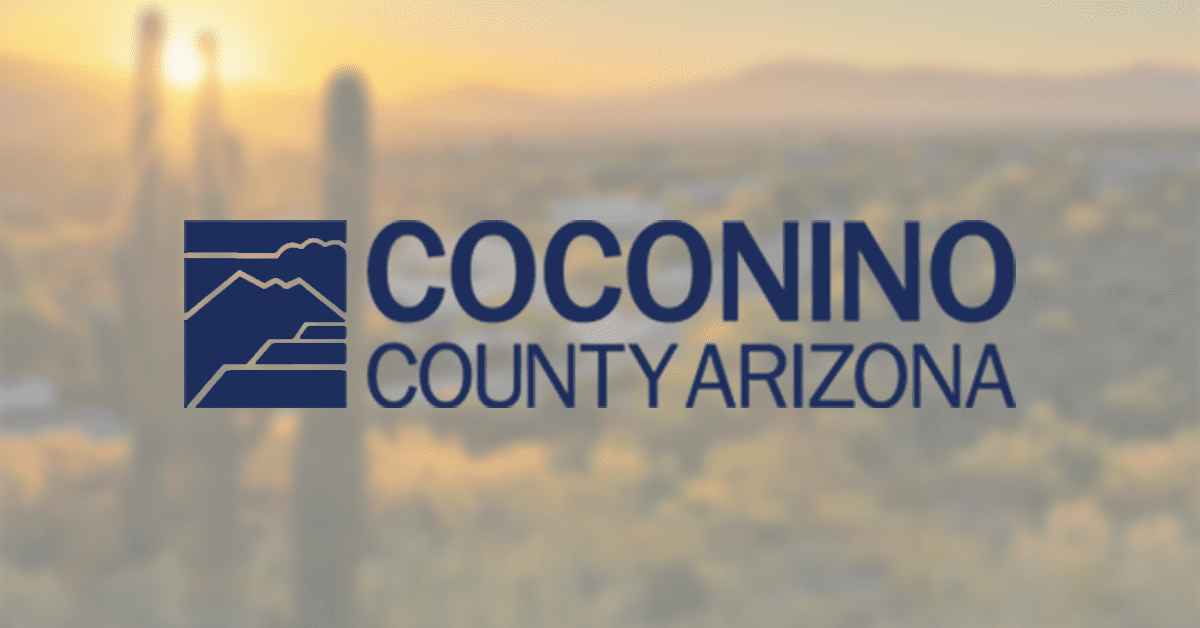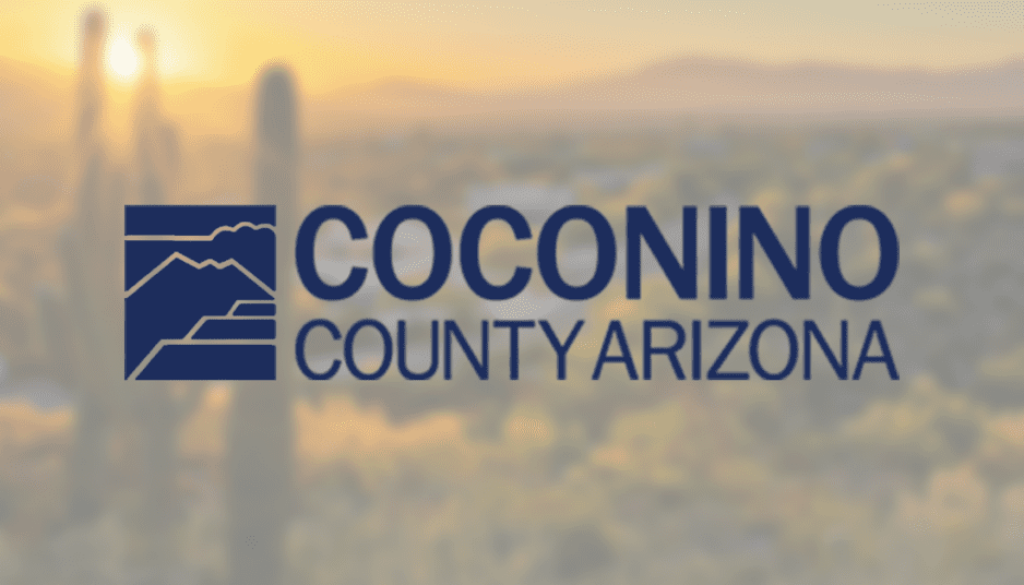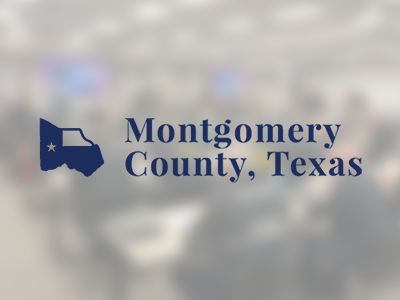Coconino County Enhances Response Collaboration Through the Rave Platform
Customer Success Story
Coconino County Enhances Response Collaboration Through the Rave Platform

Industry
Challenges Solved
Customer Details
Coconino County is 18,661 square miles, the second-largest county by area in the contiguous U.S. with about 144,000 residents.
Solution
THE CHALLENGE
Timing, preparation and response efforts are critical for state and local agencies to help their communities recover from an emergency. Sharing important details with residents and other agencies and departments are also a vital part of these efforts.
“We’re in the business of saving lives and second to that is saving property and natural resources,” said Tim Carter, Coconino County’s COVID-19 logistics section chief and emergency management specialist. “We need to send out notifications quickly and target the right people at the right time.”
Coconino County is in the north-central part of Arizona, with almost 144,000 residents. The county includes the city of Flagstaff and its metropolitan area, as well as the Grand Canyon National Park and several national forests. Coconino County is spread across 18,661 square miles, making it the second-largest county by area in the contiguous United States.
The Coconino County Emergency Management Department considers all of this when it plans and responds to emergencies. It also maintains the county’s public emergency notification system, as well as facilitates training for emergency response personnel.
“We cover a lot of ground in our agency,” Carter said. “We have four full-time positions, so with the small amount of people we have in our shop, we rely heavily on those external stakeholder relationships. We have great working relationships with our first responders and other leaders throughout the county.”
The team coordinates and collaborates with various agencies and departments, including the Coconino County Sheriff’s Office, the Grand Canyon National Park Emergency Services and Law Enforcement, and police departments in Flagstaff, Page and Williams.
The Coconino County Emergency Management Department implemented Rave’s critical communication solution in 2018 to enhance communication and coordination with its partners. Rave Alert, a mass notification solution within Rave’s critical communication and collaboration platform, is designed to operate in emergency situations. Messages can be sent out simultaneously through text, email, voice calls, social media, IPAWs, digital signage and desktop alerts — all through a single launch point.
“We wanted to have overall coordination and make sure we had a consistent platform that we could send messages through,” Carter said. “Due to our geographic size, we wanted to make sure we’re able to cover such a large area in a short amount of time.”
The Solution
That level of coordination was crucial when Coconino County Board of Supervisors and other stakeholders first launched the county’s COVID-19 vaccination efforts. Carter said the county initially had limited vaccine allocations and stakeholders needed to ensure all doses were used at the end of each day.
Stakeholders informed priority eligible groups about the extra vaccine doses through Rave Alert’s text to opt-in feature. It allows individuals to sign up for alerts by texting a unique keyword to a short code.
When extra doses were available at the end of the day at the county-run Fort Tuthill vaccination site, Carter sent out a targeted polling message to let these individuals know extra vaccine doses were available within a certain time. Rave’s polling module gathers responses through voice calls, text and email. Administrators can then automatically send follow-up alerts with necessary next steps.
Carter sent out these polls through prebuilt templates, only changing certain details. He said these messages initially would go to about 120–150 people on any given day, eventually scaling up to 400–500 people as vaccination efforts opened to the general public.
“We had a lot of great success when we sent those messages out,” he said. “It literally took two minutes to send out the message and then another 60 to 90 seconds to get the responses back. We always had people ready to go. It was well-received and well worth the effort.”
“If we were doing this the old way, people on staff would have to call those in the qualifying categories and get them there,” Carter continued. “We saw it would take up to 20, 30 or 40 minutes just to get somebody on the phone.”
“[Rave Alert] is a huge game changer and a huge advantage for us when we’re looking at who’s going to need evacuation assistance.”
TIM CARTER
EMERGENCY MANAGEMENT SPECIALIST
COCONINO COUNTY, AZ
The Result
Wildfires are one of the county’s biggest challenges. Recent wildfires include the Mangum Fire in 2020, which burned 71,450 acres, and the Museum Fire in 2019, which burned about 1,500 acres. Though the Museum Fire wasn’t large, the location of the fire near Flagstaff created a serious flooding threat.
Carter said the emergency management team meets with its external partners around January to start their preparations.
“Unfortunately, it seems to be starting earlier and earlier every year,” he said. “Typically, in the Southwest, especially up here in Northern Arizona, we start seeing a lot of dry, clear, windy days for our springtime.”
“When a wildfire comes through, it changes the landscape and creates situations of postwildfire flooding,” Carter continued. “Here in Flagstaff, we’re at about a 7,000-foot elevation and basically on a mountain, so that increases the concern we have.”
Timing and collaboration are crucial when severe weather starts in the county. The team and other emergency personnel often need to evacuate residents quickly. Carter said they use Rave’s critical communication solution to target specific communities to issue evacuation orders. The Coconino County Emergency Management Department, for example, sent out evacuation notices on behalf of the Coconino County Sheriff’s Office to about 700 residents who were in the path of a nearby wildfire. They also implemented the same process during the Museum Fire, notifying over 20,000 residents to evacuate.
The emergency management department team also leverages crowd-sourced data through residents’ personal safety profiles to help with evacuation orders. These profiles include the names of family members, medication conditions and transportation or mobility limitations.
“We can target that evacuation zone and see if anyone is going to need first responders to come and give them a little extra assistance,” Carter said. “Are they bedbound, have a wheelchair or require oxygen or other essential medical devices they have to take with them? I can quickly pull up a query over that targeted area, look and see, and then dispatch people to those residents. [Rave Alert] is a huge game changer and a huge advantage for us when we’re looking at who’s going to need evacuation assistance.”
More From Rave Mobile Safety
Talk With An Expert
Discover our prepackaged solutions or configure a package that’s right for your community, company, K-12 schools and higher education system. Learn how you can be up and running in days, take advantage of unlimited emergency usage, and benefit from unbeatable performance and customer satisfaction.




